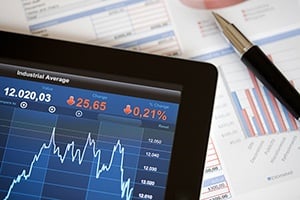Economic questions come in cycles. Recently, with the relatively hawkish tone of the Fed and the turmoil in Washington, DC, economic worries have spiked again, and the velocity of money has become a hot topic. I last touched on this in early 2017. It has been one of the most viewed posts since then, so clearly it is time for an update.











